What are Rich Snippets and How to Get Them
If you’ve ever wondered why some websites have additional information, such as ratings and price, displayed with their listings in the search engine results, then you’ve come to the right place.
Those websites are taking advantage of rich snippets.
This guide will tell you what rich snippets are, show you the common types of rich snippets with examples, and show you how to get rich snippets on your search listings.

Contents
What Are Rich Snippets?
Rich Snippets (also known as “Rich Results”) are normal Google search results with additional data displayed. They are power by structured data.
Normally, when your website shows up on a SERP, Google, and other search engines, display the site title, URL and whatever meta description you have assigned to the page. When Rich Snippets are employed, Google is now able to display a bit more information about the actual result. For example, the star ratings for reviews, the cooking times and calories on recipe results, or times and locations on events listings.
Common Types of rich snippets with Examples
1. Article
A news, sports, or blog article displayed with Top stories carousel and rich result features, such as headline text and larger-than-thumbnail images.

2. Product
Information about a product, including price, availability, and review ratings.

3. Review snippet
A short excerpt of a review or a rating from a review website, usually an average of the combined rating scores from reviewers. A review snippet can be about Book, Recipe, Movie, Product, Software App, and Local business.
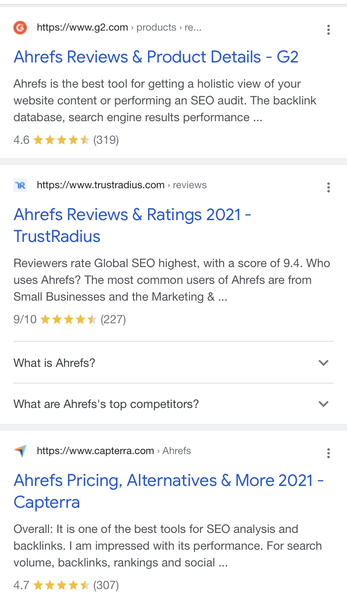
4. Recipe
Recipes that display as an individual rich result or part of a host carousel.
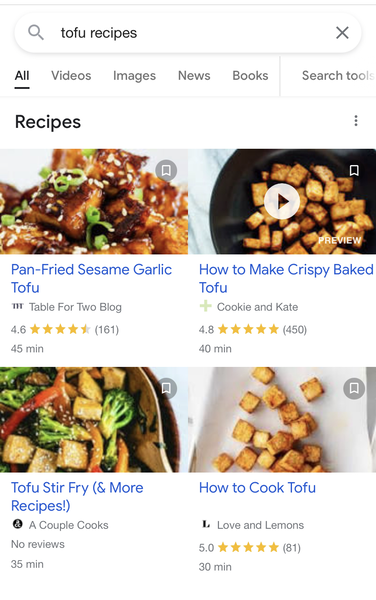
5. FAQ
A Frequently Asked Question (FAQ) page contains a list of questions and answers pertaining to a particular topic.
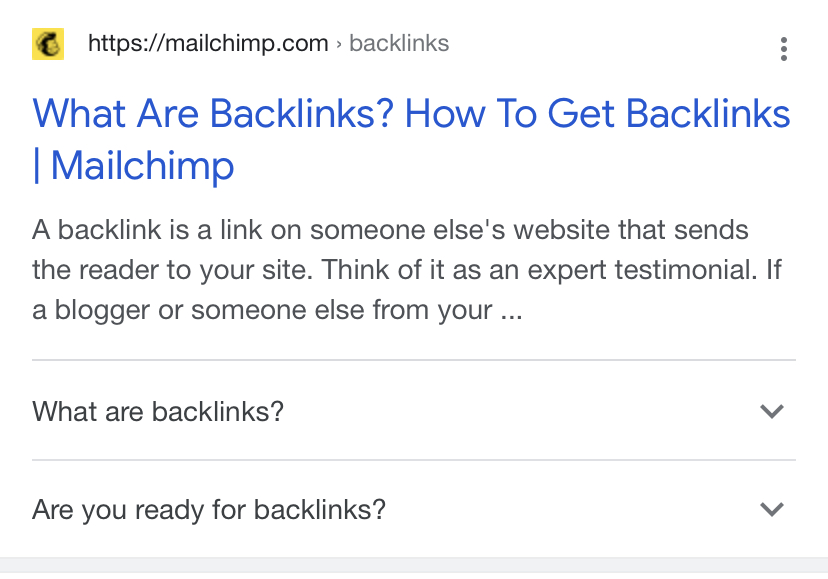
6. How-to
A How-to walks user through a set of steps to successfully complete a task, featuring video, images, and text.
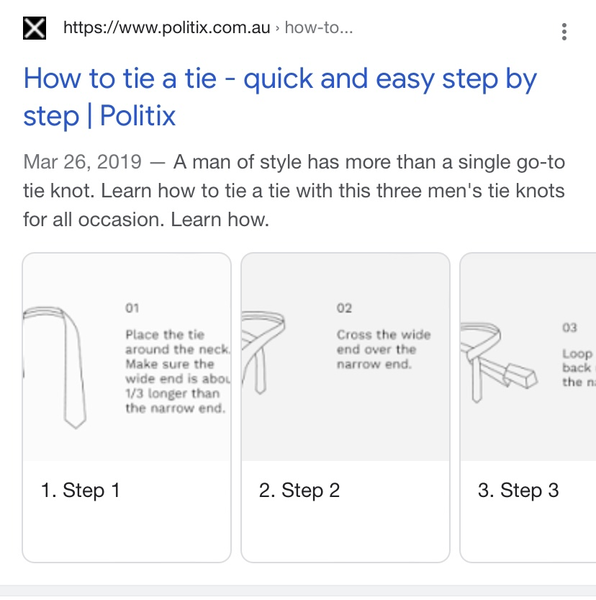
7. Event
An interactive rich result that shows a list of organized events, such as concerts or art festivals, that people may attend at a particular time and place.
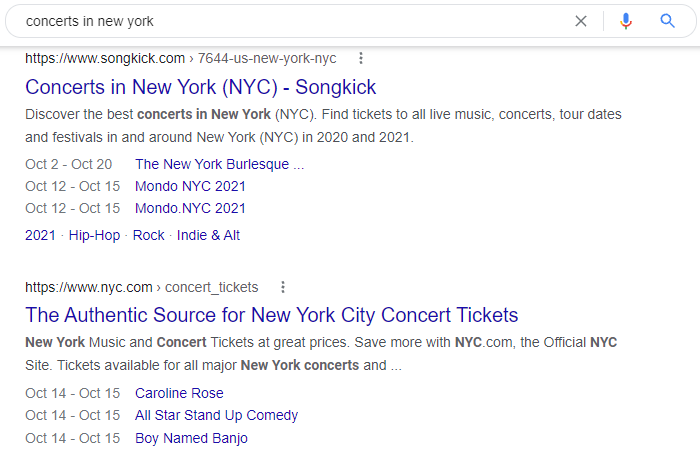
8. Video
Video information in search results, with the option to play the video, specify video segments, and live-stream content.

9. Local Business
Business details displayed in the Google knowledge panel, including open hours, ratings, directions, and actions to book appointments or order items.
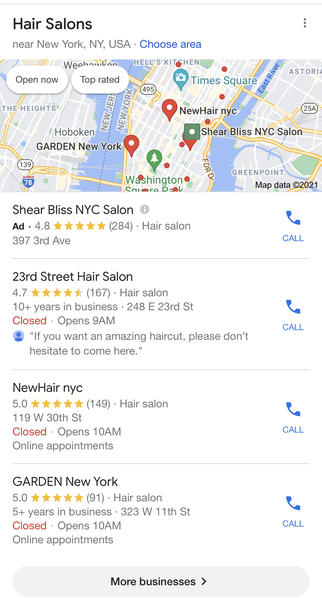
10. Course
Educational courses that appear in a provider-specific list. Courses can include the course title, provider, and a short description.
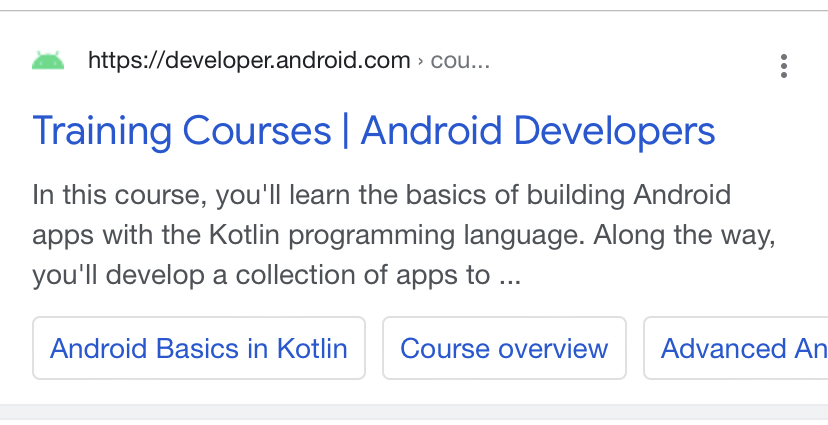
Why Are Rich Snippets Important?
Rich snippets do not improve SEO, directly.
So, what do rich snippets offer if they don’t boost your SEO ranking? The answer: they still offer other SEO benefits.
- Greater attention: Snippets on Google or other search engines with additional information ensure that the search results are given more attention by users. This allows webmasters to stand out from competing search results.
- Higher click rate: Thanks to the display of rich snippets CTR’s in the SERPs rise significantly with a corresponding increase in visits. In addition, higher CTR’s tend to be an important positive user signal and an important ranking factor.
- AMP websites: If a website has AMP enabled, the structured data can improve its display and content.
How to Get Rich Snippets
Rich snippets are power by structured data, and Google search supports structured data in 3 different formats:
- JSON-LD (recommended)
- Microdata
- RDFa
If you are confident tweaking basic code, adding structured data directly into the code on the page gives you the most control. If you’re not a coder, you can get help from some plugins or structured data generators. Or, you can ask the website developers in your company for help.
Typically, there are six steps to implement structured data and get rich snippets on your website.
Step 1. Select the markup specifications
Step 2. Determine the content type
Step 3. Identify all required properties
Step 4. Develop your markup code
Step 5. Test the structured data markup
Step 6. Monitor SERPs for the rich snippet
For more information on structured data and how to implement it to your website, check my article “How to Add Structured Data to The Website”.
Also, you can check the Google and Bing help guides for detailed information.
Bottom Line
Using structured data (schema markup) can help you maximize your chances for displaying a snippet. And, getting rich snippets to appear with your search results can help increase click-through rates and boost visibility.
Finally, please note that implementation of structured data to your pages does not guarantee that they will be displayed as a rich result. It only maximize your chances.
